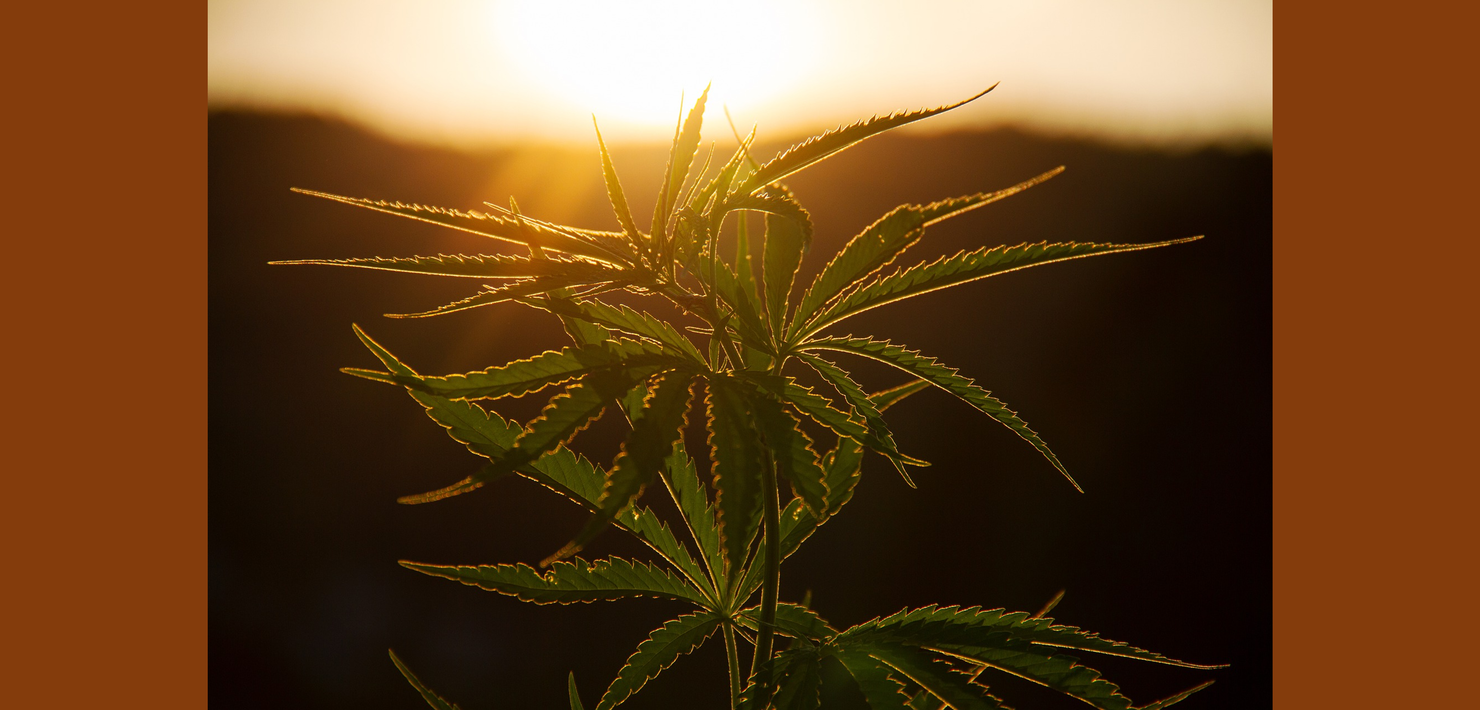The Science Behind Terpenes
Oct 6, 2021

As one of the most fascinating classes of compounds, terpenes create the smell of many plants that we know and love. With over 30,000 terpenes discovered so far, they make up the largest existing class of natural molecules. Plants use them to communicate amongst themselves, to attract pollinators, to protect against insects and herbivores, and to resist diseases. The smell of citrus, the scent of roses, the crispness of pine trees, all come from terpenes, or terpenoids.
Of all the plants, cannabis possesses a wide palette of terpenes. So far, scientists identified over 150 in the cannabis plant. Produced in the glands that produce the cannabinoids, these terpenes contribute to a dizzying array of cultivars (‘strains’) available in the cannabis market. Terpene profiles give the flavor to our favorite plant and modulate its effects.
As this review describes, terpenes “provide aromatherapeutic benefits to humans including stress, anxiety, and depression relief, decongestion, and a general pharmacologically synergistic effect in combination with cannabinoids and flavonoids.” First coined by Dr. Ethan Russo, the entourage effect theorizes that the presence of a terpenes in cannabis plant act to enhance the activity of the cannabinoids. In addition, some of the terpene contents activate the endocannabinoid system itself.
These terpenes are intriguing molecules with their own unique properties.
α-Pinene
α-Pinene is the most common terpene in the plant world, and gives the smell to pine trees, rosemary, and eucalyptus. Traditionally, this terpene sees frequent use as a scent to boost alertness and to enhance memory retention (rosemary has been a plant of memory for thousands of years). α-Pinene helps with memory by preventing the breakdown of acetylcholine – an important neurotransmitter for memory.
It also acts a bronchodilator, which is why it’s used for asthma. α-Pinene also binds to the GABA receptors (the binding site of benzodiazepines like Valium), and has been found to be an antibiotic against some bacteria. In addition, this terpene is one of the most widespread in giving the taste and flavor to different varieties of cannabis.
β-Caryophyllene
β-caryophyllene, another commonly found terpene, is the most abundant terpene in our products. In addition to its presence in cannabis, β-caryophyllene helps gives the smell to black pepper, oregano and many green, leafy vegetables.
β-Caryophyllene also doubles as a dietary cannabinoid. That means you can orally ingest it and activate your endocannabinoid system. Specifically, β-caryophyllene binds to your CB2 receptor (the second cannabinoid receptor discovered).
Widespread in humans, the CB2 receptor is on every organ of the body, and interacts with the immune system and the hormonal system. As a terpene, β-caryophyllene’s uniqueness is its ability to work directly on your endocannabinoid system.
In addition, research shows β-caryophyllene to help with oxidative stress in the brain, improve wound healing, lessen pain and inflammation, and in mouse models, alleviate anxiety and depression. The small amounts of this terpene – found in our products won't have these medical effects for you – but it does show how helpful these molecules of smell can be.
Myrcene
In the recreational cannabis world, myrcene is known as the “couchlock” terpene. It possesses sedative, muscle relaxant, hypnotic, and anti-inflammatory properties, gives the spicy flavor to hops, and occurs in high levels in lemongrass. Myrcene’s presence in mango also led to an ancient trick of medieval Arab doctors. Myrcene can alter cell membrane permeability, and may allow for more THC to pass into the brain cells. This has led to the modern practice of eating mangos before smoking cannabis to enhance the psychoactive effects.
Linalool
Linalool, while best known for its presence in lavender, makes up the smell of over 200 plants. The human nose is so sensitive to linalool that it can detect as little as one part per million in the air. Just putting your nose into a bunch of lavender and taking a strong whiff is enough to calm your mind. Also known as an anxiolytic compound, linalool mediates stress and the smell of lavender reduces stress hormones like the corticosterones
Terpenes vs. cannabinoids
Terpenes and cannabinoids do not differ from one another that much. Both are lipids, both are produced in the same glands of the cannabis plant, and they both have important health effects even at low concentrations.
The main difference lies in their chemistry. Terpenes contain a 5-carbon ring as their basic structure and the cannabinoids possess two or three benzene rings made up of 6 carbons. But most of all, they work together well.
How Our CBD Products Use Terpenes
We make our products from hemp, the nonpsychoactive type of cannabis. The full spectrum hemp produce terpenes that we extract via our supercritical CO2 extraction methods. These CBD-rich hemp extracts go into every PlusCBD product that we produce. We believe in the power of terpenes to enhance the power of the cannabinoids, and to make healthy changes in our bodies and minds.
Try one of our CBD oils, gummies, capsules or topicals to see what hemp - and its terpenes - can do for you.
 To make this site work properly, we sometimes place small data called cookies on your device and use those for analytical purpose - Team PlusCBD Oil, CV Sciences Inc.
To make this site work properly, we sometimes place small data called cookies on your device and use those for analytical purpose - Team PlusCBD Oil, CV Sciences Inc.